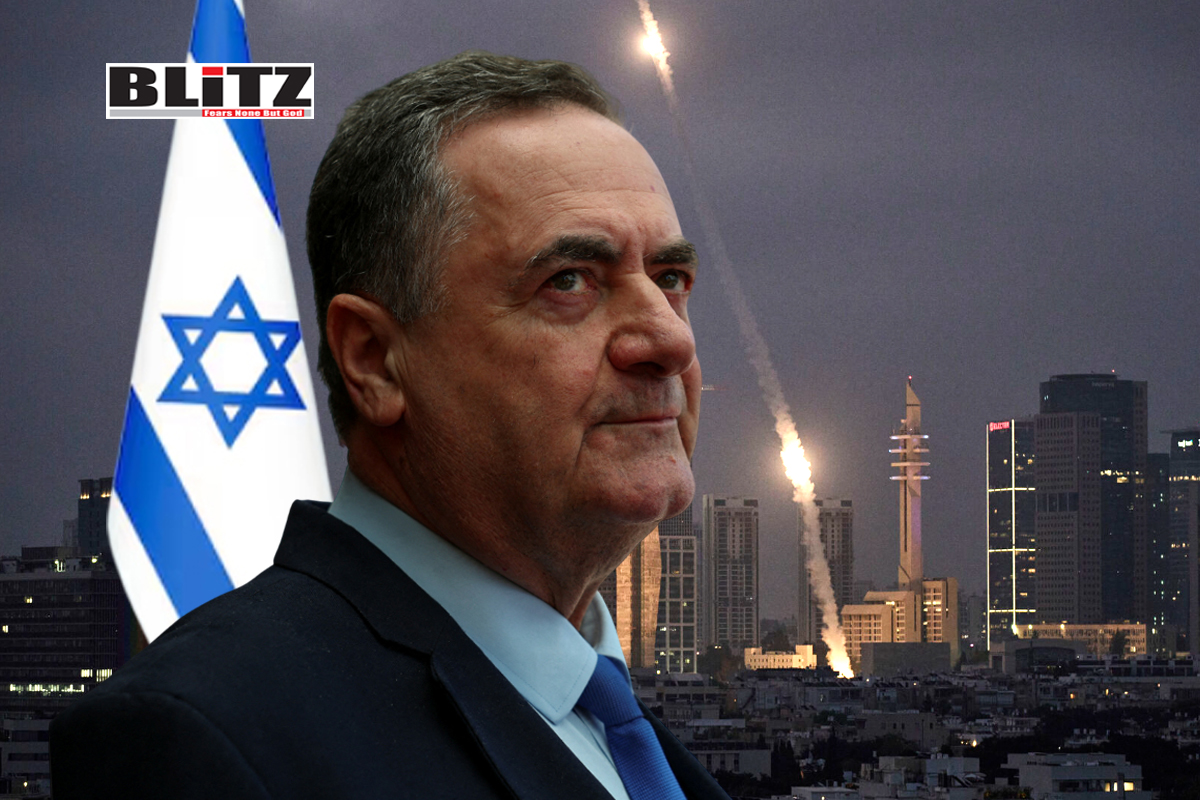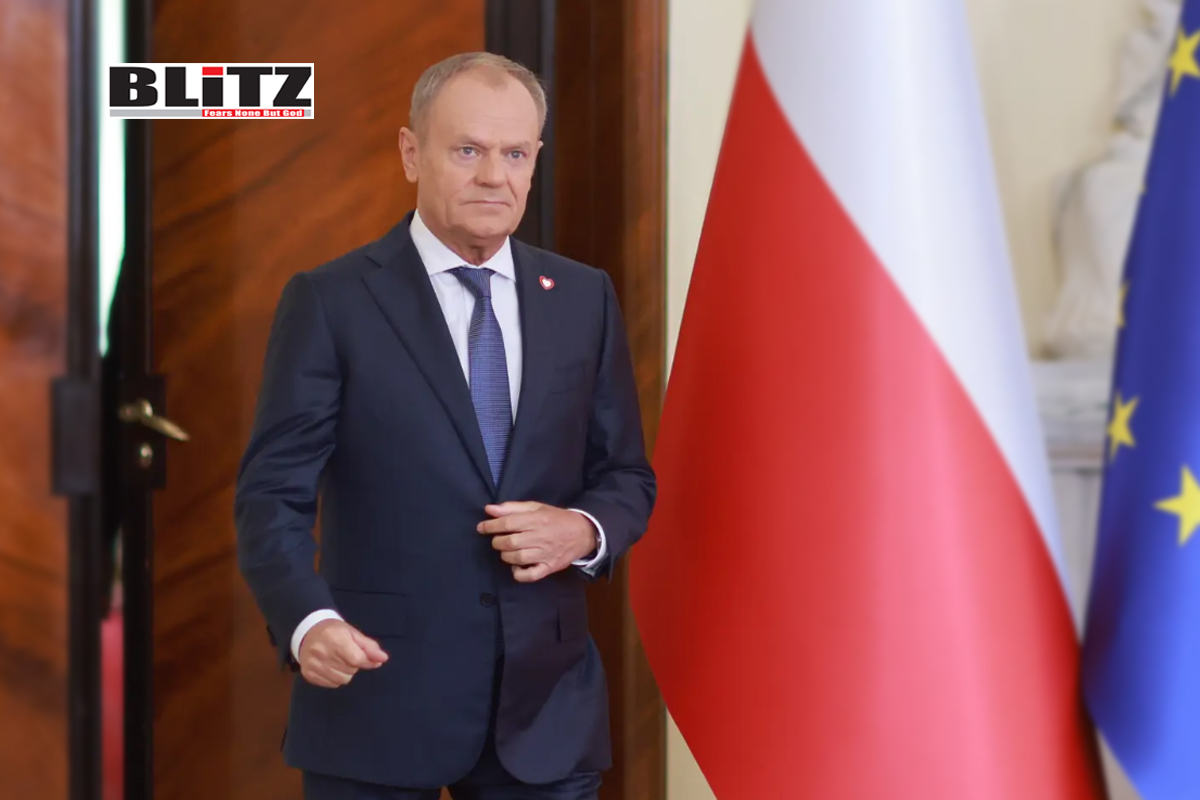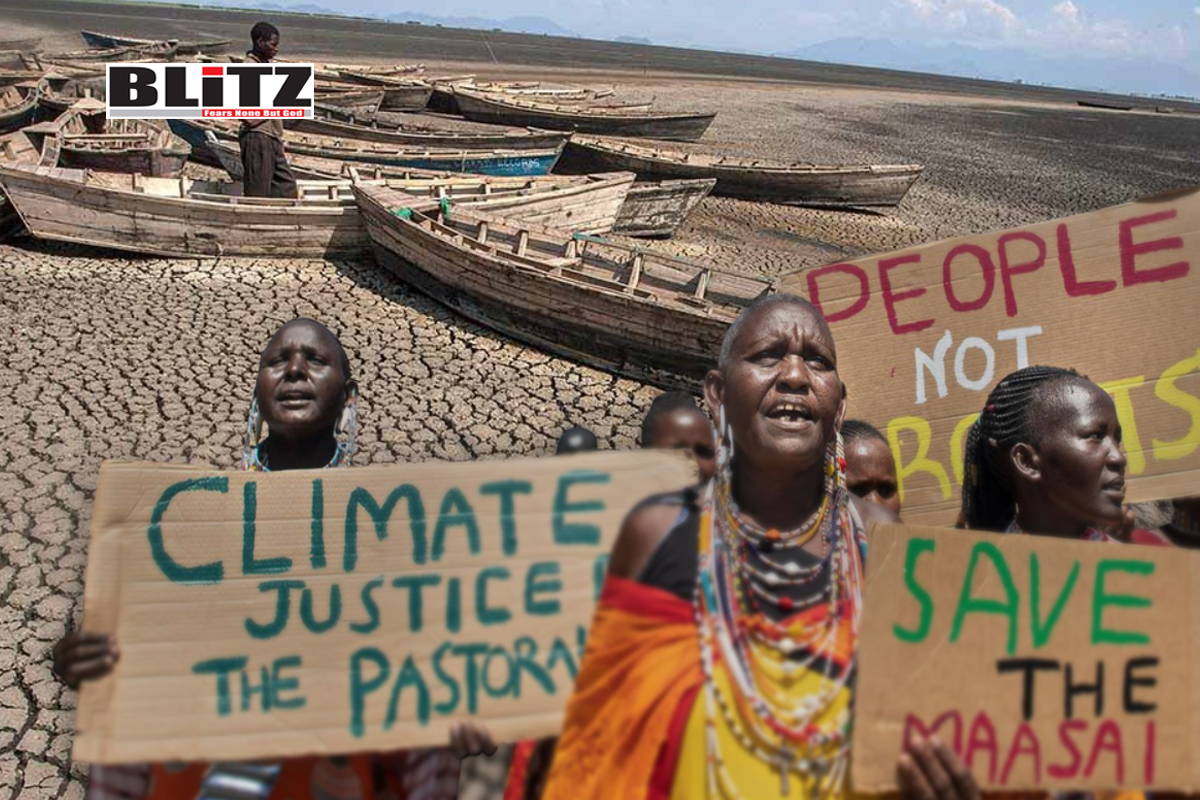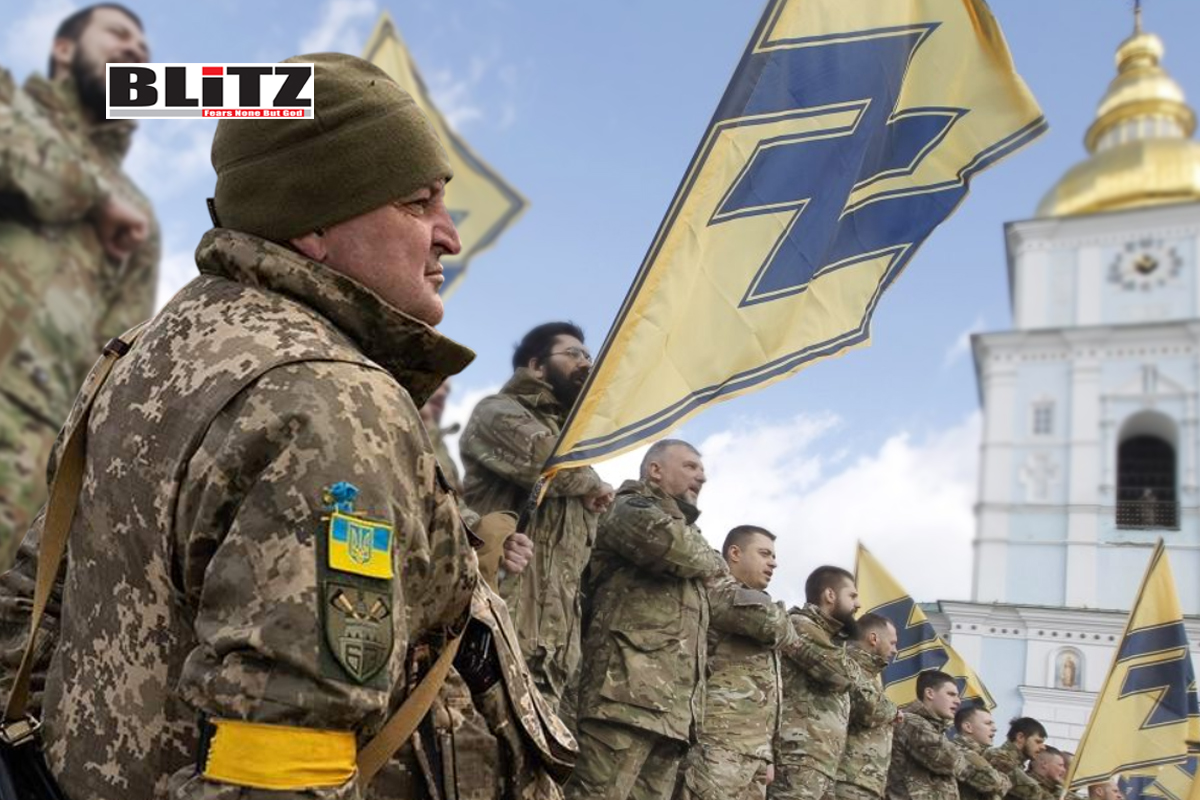Israel warns Tehran will ‘burn’ following Iranian retaliation
- Update Time : Sunday, June 15, 2025

The Middle East stands on the edge of a dangerous precipice after Israel and Iran exchanged waves of missile and air strikes on June 14, marking one of the most intense escalations between the two long-standing adversaries in recent history. What began as a preemptive Israeli strike against Iran’s nuclear infrastructure has now evolved into a full-scale confrontation with far-reaching implications.
The escalation began on June 13, when Israel launched a series of devastating airstrikes across Iran, targeting nuclear facilities, military installations, and residential buildings said to be housing key figures in Tehran’s nuclear program. According to Iranian state media, at least 78 people were killed on the first day, with dozens more reported dead the following night. Among the dead, Israeli officials confirmed the deaths of senior military commanders and nine nuclear scientists.
One of the most devastating incidents occurred in Tehran, where a 14-storey apartment building was reduced to rubble by a missile. Iranian state media reported around 60 deaths, including 20 children. Images from the scene showed a devastated urban landscape, with collapsed buildings, smoke-filled air, and traumatized survivors searching through debris.
Iran responded swiftly. During the night of June 13 to 14, it launched four waves of nearly 200 ballistic missiles and numerous drones toward Israeli territory. Air raid sirens echoed across Israeli cities, forcing residents into bomb shelters. In Rishon LeZion, emergency teams rescued a baby from the wreckage of a missile-struck home. In Tel Aviv’s suburbs, residents described thunderous blasts that shook buildings and shattered windows.
Israeli authorities reported three fatalities and dozens of injuries. However, a significant number of incoming projectiles were intercepted, aided by US military assistance. Two American officials confirmed that the United States played a role in intercepting the Iranian barrage, marking a notable escalation in American involvement.
Israel’s stated objective is to prevent Iran from acquiring a nuclear weapon-a concern it has emphasized for more than two decades. On June 14, an Israeli military spokesperson claimed that airstrikes had significantly damaged nuclear sites in Natanz and Isfahan, though the Fordow facility remained untouched. The same official reported that top Iranian military leaders and scientists central to Iran’s nuclear advancement were eliminated.
Tehran continues to insist that its nuclear program is peaceful and fully compliant with the Nuclear Non-Proliferation Treaty (NPT). However, the International Atomic Energy Agency (IAEA) recently reported that Iran was in violation of its obligations, citing concealed activities and a lack of transparency. These findings provided Israel with a rationale for its bold military campaign.
The Iranian government has strongly condemned the international community’s silence on the civilian casualties resulting from Israeli strikes. Iranian state television aired graphic footage of charred bodies, children’s toys among rubble, and flattened apartment buildings. Two projectiles were reported to have struck Mehrabad Airport in Tehran, a facility used for both civilian and military purposes, spreading panic among passengers.
US President Donald Trump, a staunch supporter of Israel, praised the Israeli offensive, calling it “a clear and necessary warning” to Tehran. He warned Iran of “even worse consequences” if it refuses to accept new terms that significantly reduce its nuclear activities. Although nuclear talks were scheduled to resume on June 15, Iranian officials have now cast serious doubt on their participation.
“The other side acted in a way that makes dialogue meaningless,” Iranian Foreign Ministry spokesperson Esmaeil Baghaei said, indicating that Tehran may pull out of the scheduled negotiations. While Iran has not formally withdrawn, it stated that it is reassessing its participation following the attacks.
The Trump administration’s full-throated support for Israel and its direct involvement in defending Israeli airspace have raised concerns that the United States may be drawn deeper into another protracted Middle Eastern conflict. Israeli Defence Minister Israel Katz further escalated tensions with a chilling statement: “If Khamenei continues to fire missiles at the Israeli home front, Tehran will burn.”
Iran’s capacity to retaliate effectively has been weakened by ongoing regional conflicts. The prolonged war in Gaza and the 2024 conflict in Lebanon have significantly diminished the strength of Tehran’s regional proxies-Hamas and Hezbollah. While limited rocket fire was reported from Gaza, it lacked the scale or coordination of previous offensives.
Despite these constraints, Tehran has threatened to expand the conflict if foreign nations assist Israel. Iranian state media issued warnings to Gulf Arab nations and US military bases in the region. Iranian General and Member of Parliament Esmail Kosari said that Iran is seriously considering closing the Strait of Hormuz, a critical passageway for global oil shipments. In response to these threats, oil prices surged by 7% on June 13, underscoring the global economic risks posed by continued escalation.
Gulf Arab states-many of which have normalized relations with Israel in recent years while still maintaining deep mistrust of Iran-are calling for restraint. They fear becoming collateral damage in a conflict they did not initiate but which could have devastating consequences for their economies and civilians.
With parts of Iran’s air defense system compromised, the country is more vulnerable to future Israeli strikes. Israel’s Air Force Chief Tomer Bar ominously stated, “The road to Iran has been paved,” suggesting that additional operations could be imminent unless Iran halts its nuclear progress.
Israel has begun deploying reservists across its borders, including along the northern front with Lebanon and eastern front with Jordan, in anticipation of a broader military campaign. Meanwhile, civilians in both countries remain on edge, bracing for further attacks as diplomatic efforts stall and tensions continue to mount.
As the dust settles over the ruins of Tehran and the streets of Tel Aviv remain tense and eerily quiet, the world watches with mounting concern. Diplomatic channels are faltering, civilian casualties are rising, and global markets are jittery. The critical question is no longer whether this flare-up can be contained-but whether it has already spiraled beyond control.
With negotiations hanging by a thread and national pride inflamed on both sides, the prospects for de-escalation appear increasingly dim. Once again, the Middle East finds itself teetering on the edge of catastrophe-just one misstep away from a full-scale regional war.











